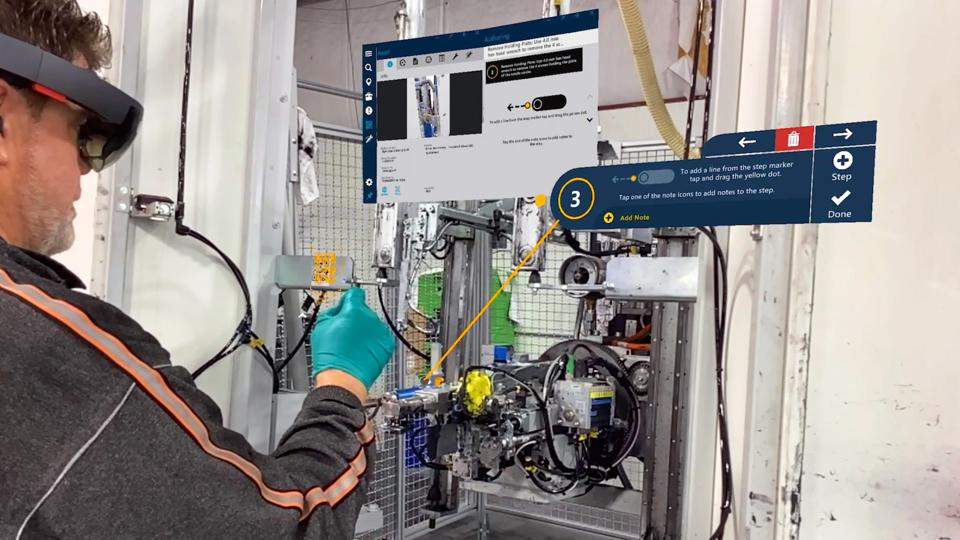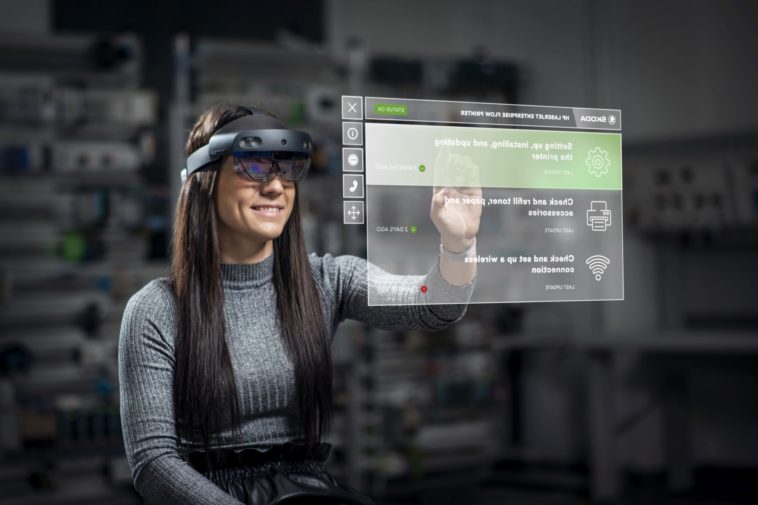As per DataIntelo reports, the spatial computing market is set to experience significant growth. Its global value will amount to approximately $129 billion in 2023 and is projected to reach around $600 billion by 2032, reflecting an impressive Compound Annual Growth Rate (CAGR) of nearly 18%. This robust expansion is driven by several factors, including advancements in technology, increasing demand for immersive experiences, and the integration of spatial computing across various industries, such as healthcare, automotive, and retail.
Spatial computing refers to the integration of digital information with the physical world, enabling computers to understand and interact with the environment in a spatial context. This includes technologies like augmented reality (AR), virtual reality (VR), mixed reality (MR), geospatial mapping, computer vision, and sensor networks. As industries increasingly seek to blend digital and physical experiences, spatial computing is emerging as a transformative force across sectors.
Market Growth and Trends:
The global spatial computing market has grown rapidly in recent years and is projected to expand significantly over the next decade. This growth is driven by increasing adoption in industries such as healthcare, automotive, retail, manufacturing, and defense. The proliferation of smart devices, improved internet connectivity, and advances in AI and machine learning are also contributing factors.
One major trend is the rising use of AR and VR in consumer applications and enterprise solutions. Companies like Apple, Microsoft, and Meta are investing heavily in developing spatial computing hardware and software platforms, indicating strong confidence in the market’s future.
What Are the Opportunities for Growth in the Spatial Computing Market?
- Expansion of the Metaverse and Immersive Experiences
The rise of the metaverse is a major driver for spatial computing. As consumers and businesses look for deeper, more interactive digital experiences, technologies like AR, VR, and MR are in high demand. Spatial computing powers virtual worlds, digital twins, and real-time collaboration, creating new revenue streams in entertainment, gaming, education, and remote work.
- Advancements in AI and Machine Learning Integration
Spatial computing becomes far more powerful when integrated with artificial intelligence. AI enhances spatial awareness, object recognition, and environment understanding, enabling smarter automation and contextual responses. This synergy opens opportunities for growth in areas like autonomous vehicles, robotics, smart cities, and intelligent industrial systems.
- Industrial and Enterprise Digital Transformation
Industries are investing in digital transformation to improve efficiency, safety, and productivity. Spatial computing enables remote maintenance, employee training simulations, asset tracking, and predictive analytics. The manufacturing, construction, logistics, and healthcare sectors are adopting these tools rapidly, creating strong growth potential in enterprise solutions.
- Consumer Wearables and Next-Gen Devices
The development of consumer-grade wearables—such as AR glasses, smart headsets, and haptic devices—is expanding the spatial computing user base. As hardware becomes more compact, affordable, and user-friendly, adoption in everyday consumer applications (like fitness, navigation, and social interaction) will skyrocket, driving significant market expansion.
Challenges and Barriers
Despite its potential, the spatial computing market faces several challenges. High hardware costs, data privacy concerns, and the need for standardisation across platforms can hinder widespread adoption. Additionally, there is a learning curve for users and organisations to deploy and integrate these technologies effectively.
Future Outlook
The future of spatial computing is promising. The market is expected to witness exponential growth as technology becomes more accessible and integrated into everyday life. Innovations in wearable devices, cloud computing, 5G, and AI will further accelerate adoption. As businesses recognise the strategic value of spatial data and immersive experiences, spatial computing will become a cornerstone of digital transformation initiatives.
Quelle:




